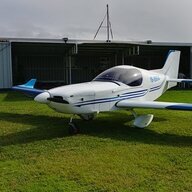-
Posts
4,796 -
Joined
-
Last visited
-
Days Won
139

kgwilson replied to lyle janke's topic in Engines and Props

kgwilson replied to lyle janke's topic in Engines and Props

kgwilson replied to kgwilson's topic in Aircraft Incidents and Accidents

kgwilson replied to kgwilson's topic in Aircraft Incidents and Accidents

kgwilson replied to kgwilson's topic in Aircraft Incidents and Accidents

kgwilson replied to kgwilson's topic in Aircraft Incidents and Accidents

kgwilson replied to kgwilson's topic in Aircraft Incidents and Accidents

